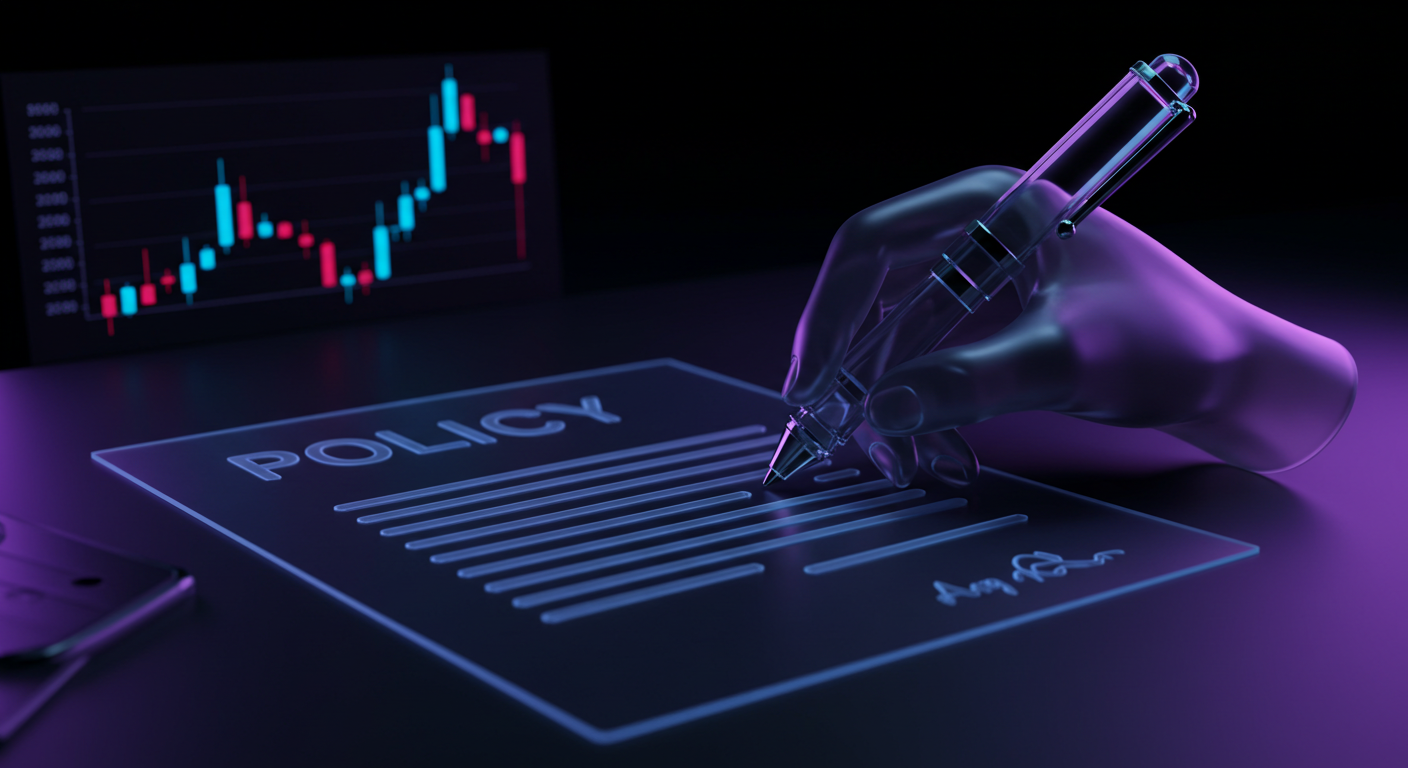
The New York Fed’s survey analysed how businesses responded to increased tariffs. Nearly a third of manufacturers and 45% of service firms passed all tariff-induced cost increases to customers through higher prices.
The survey, conducted before tariff reductions on Chinese goods from 145% to 30%, found rapid price increases. Over half of manufacturers and service firms raised prices within a month, with many doing so within a day or week.
Price Adjustments Beyond Tariff-Affected Goods
A concerning aspect was that businesses raised prices of non-tariff-affected goods and services. This was to cover rising costs like wages and insurance, potentially leveraging the pricing climate to increase prices.
Recent US PMIs indicated growing inflationary pressures, suggesting possible higher CPI readings soon. The Fed faces a challenge in balancing tariff effects and broader inflationary trends. Tariff-induced price hikes might be one-off, but easing measures could entrench price increases, complicating efforts to return to the 2% inflation target, especially as it has been surpassed for five years.
At its core, the existing article highlights what we saw as a sequence of price adjustments that went well beyond the goods directly hit by tariffs. Businesses didn’t just react to the cost hikes—they used the moment to widen margins across the board. The reported figures—roughly a third of manufacturers and nearly half of service providers immediately offset new import costs by adjusting retail prices—show short reaction times and little hesitation. That so many changed prices within a single week is telling. And, perhaps more importantly, it wasn’t always restricted to tariff-linked items.
What’s more revealing is that many firms adjusted prices on products entirely untouched by trade policy. Common justifications included insurance, labour, freight—all valid pressures in recent months. But the consistency and speed raise eyebrows. It points to a kind of opportunism, or at the very least, a calculation that the current environment made hikes less conspicuous.
Impact on Inflation and Policy Timing
With purchasing managers’ indexes hinting at ongoing price strain, we expect consumer inflation could tick upward again, even if headline data momentarily softens. Dragging inflation back down from above 2% into a more stable range may not be just a question of patience. For over half a decade, inflation’s track record has provided little room for optimism without strong, targeted policy moves.
If price increases driven by trade policies begin blending with broader supply-side pressures, the risk grows that those rises stick. Once embedded in consumer expectations and business contracts, they become much harder to reverse. That is why the timing of any policy shift—be it easing or additional tightening—must be carefully assessed against fresh data. Especially when inflation is being nudged on multiple fronts.
Market participants pricing in moderating inflation will soon be forced to reconcile projections with a base effect that may no longer help. If prices eased last year due to rate increases or temporary supply corrections, that will not necessarily cushion forward readings. In fact, some of the disinflation we’ve been tracking might begin fading from view entirely, leaving policymakers—and by extension, markets—with a very different picture heading into the next set of CPI releases.
Following Powell’s approach, there had been hope that tariff adjustments would lower input costs sufficiently to reverse some of the early-year spikes. But that view may now be too optimistic if private firms have already anchored their own expectations of what pricing “should” be. Forward-looking traders must consider that the second half of the year may not deliver the disinflation that current asset pricing assumes. And if the inflation path is sticky, the timing and scope of monetary adjustments may not align with what’s currently baked into rates markets.
We’ve seen before how tariff-related price decisions can ripple out well beyond consumer goods. Services inflation—specifically areas like healthcare, education, and insurance—often lags but can become stickier once price increases are set. A key observation from earlier surveys is that once companies shifted their pricing strategy in response to input costs, few reverted even after conditions improved.
Those positioning on expectations of cooling inflation must now watch whether recent price-setting behaviour signals temporary adjustment or a broader trend. What we are seeing now strongly suggests the latter. Timing matters, but so does recognising whether transitory drivers have become structural habits. This is where early clues—like faster price pass-through or multiple rounds of adjustments—should not be overlooked.
We’re not yet seeing the full effect of the Chinese tariff rollbacks in consumer prices, but the fact that price hikes came so swiftly before those measures underscores the reactivity of firms this cycle. That suggests any delay in reverting prices post-reduction may not just be inertia—it may be an indication that peak pricing has become normalised. For those assessing volatility and pricing floors in the short term, this realisation is important.







